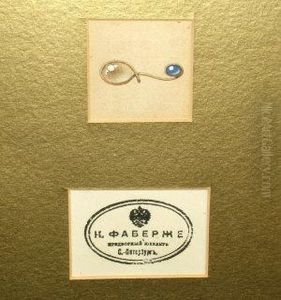Carl Faberge Paintings
Carl Fabergé, also known as Peter Carl Fabergé, was a renowned Russian jeweler born in Saint Petersburg on May 30, 1846, to a family of Huguenot descent. He is best recognized for the extraordinary series of jeweled Easter eggs he created for the Russian Imperial family. These eggs, known as Fabergé eggs, have become synonymous with luxury and are considered masterpieces of the jeweler's art.
Fabergé took over his father's small jewelry business in 1870 and transformed it into an international sensation. He was trained as a goldsmith and was a highly skilled craftsman. Under his leadership, the House of Fabergé reached new heights of creativity and craftsmanship, eventually employing around 500 people and opening branches in Moscow, Odessa, Kiev, and London.
The turning point in Fabergé's career came in 1885 when Tsar Alexander III commissioned him to create an Easter egg as a gift for his wife, Empress Maria Fedorovna. The result was the Hen Egg, which featured an enameled shell that opened to reveal a gold yolk, and within that, a gold hen and a tiny diamond replica of the imperial crown. This creation inaugurated an annual tradition that continued until 1917, with each egg containing a surprise.
Fabergé's firm produced a wide range of jewelry and objects d'art, including frames, animal figures, and flowers, each piece characteristically intricate and exquisitely crafted. He was appointed as the official goldsmith to the Russian Imperial Crown in 1885, which allowed him to use the imperial eagle in his hallmark, further enhancing his prestige.
The Russian Revolution in 1917 marked the end of the House of Fabergé. The firm was nationalized, and Fabergé fled Russia. Carl Fabergé died on September 24, 1920, in Lausanne, Switzerland. After his death, the brand name was sold and resold, and Fabergé-branded items continued to be produced, though they were not connected to the original Fabergé workshops. Today, genuine Fabergé items, particularly those from the imperial period, are highly prized by collectors and museums, and his work remains a symbol of extravagance and craftsmanship.
